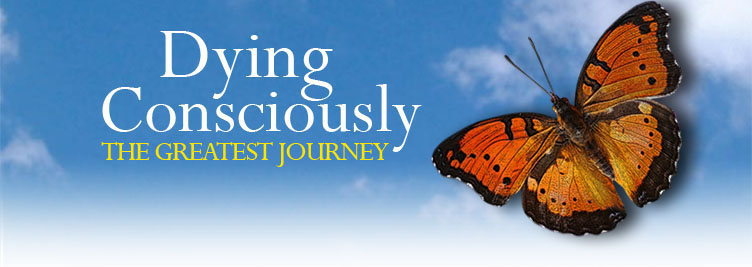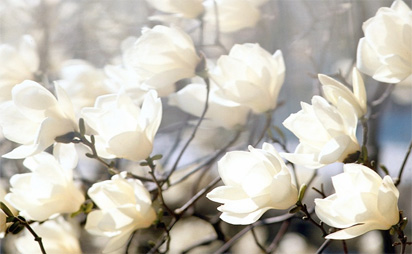A Brief History of Dying:
The way we die has changed dramatically throughout the centuries. In the Middle Ages, death was a public affair. The community gathered at the deathbed. Not only was it a time when the dying person publicly bequeathed all his worldly goods to his heirs, but it was also an opportunity for family disputes to be settled.
As the modern era dawned, the circumstances of one's death became much more controlled. The dying person was no longer the center of attention. Instead, the focus was on the grief of the loved ones who were left behind.
In the Victorian era, death was part of family life and the home. Death took place in the family bedroom, and the body was laid out in the family parlor; however, instead of the entire community being present, only family members were there to witness the person's passing.
In the twentieth century death was removed from the home almost entirely and shifted to medical facilities. This change happened most dramatically after World War II. As death moved away from the home and the natural cycle of family life, it took on a whole new meaning. It became a medical event, feared by all.
General Introduction
The body knows how to die the same way it knows how to be born. We return to spirit naturally. In nine out of ten deaths, the Luminous Energy Field returns to the world of spirit with ease. Similarly, nine out of ten births happen without complications. Nevertheless, childbirths, even natural births are generally planned to take place in a hospital within reach of a physician— just in case. During dying, only 5-10% of persons do not make the journey to spirit naturally and become earth–bound. If this occurs, assistance is needed to help with the journey. Yet we have forgotten how to offer this spiritual assistance.

